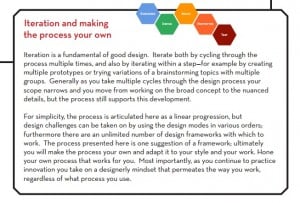#DigiWriMo Storyjumping Part 18: The Cold November Rain
This is part 18 of a storyjumper for Digital Writing Month. To read the whole story (so far):
Part 1 Bruno’s blog started us off with a personal narrative.
Part 2 Kevin’s blog began the story.
Part 3 Maha’s blog continued…
Part 4 Sarah’s blog…
Part 5 Ron’s blog…
Part 6 Tanya’s blog…
Part 7 Kay’s blog…
Part 8 Ron’s blog…
Part 9 Dana’s blog
Part 10 Tania’s blog
Part 11 Maureen’s blog
Part 12 Sue’s blog
Part 13 Rhonda’s blog
Part 14 Yin Wah Kreher’s blog
Part 15 Scott’s blog
Part 16 Jeffrey’s blog
Part 17 Wendy’s blog
For a geographical map of participants, click here. If you would like to participate, add your name to this Google Doc.
Previously:
[As they turned the next corner they could not believe their eyes. Their two friends Smidgy and Wry were walking towards them! They ran towards them with huge grins and a laugh. The first thing they said was …..]
…”Smidgy! Wry! What’re you doing here? We thought we were the only legal aliens here!”
They hugged each other fiercely, feeling centered for the first time since arriving here in this odd Times-Square-that-was-not-quite-Times-Square. They stood in the drizzle, talking excitedly, until Haras realized she was drenched, and chilled to the bone. “Keith and I were looking for a tea house. Do you know where we could go?” “Ah, I know exactly the place,” responded Wry. She led the way as they hopped the subway to the West Village.

http://www.yelp.com/biz_photos/bosie-tea-parlor-new-york
Once inside the tea house, Keith and Haras were unsettled to see a blind man sitting and running his fingers over a tattered map. “Um, guys,” said Haras, “maybe we should go somewhere else.” “Oh, no worries,” replied Smidgy, “that’s Facino Cane. He plays the clarinet and has been looking forward to you two bringing your sax and uke to jam with him. He’s been standing outside holding a candle in the cold November rain, hoping you would show up.”
Still uncertain, Haras approached the old man. “Excuse me, sir, who are you?” “Haras!,” he replied. “I’ve been waiting for you. There was a scuffle somewhere… it’s all fuzzy, but I think Keith was involved…?”
Keith approached even more cautiously, remembering the altercation at his house. “You know, old man, even though my fear has subsided somewhat, shadows still remain. I mean, we’re not even really in New York, I’m not really Keith, and you died like 200 years ago.”
Abruptly, the old man jumped out of his chair and grabbed Wry*. “Where’s the other map?,” he demanded. Whirling, he turned and faced the other three. “If you don’t hand over the other map, your friend here dies. You think you have two weeks to figure it out, but here where we are, it’s November 29th.”
[Over to Wry*, aka Mariam Shoaib]
